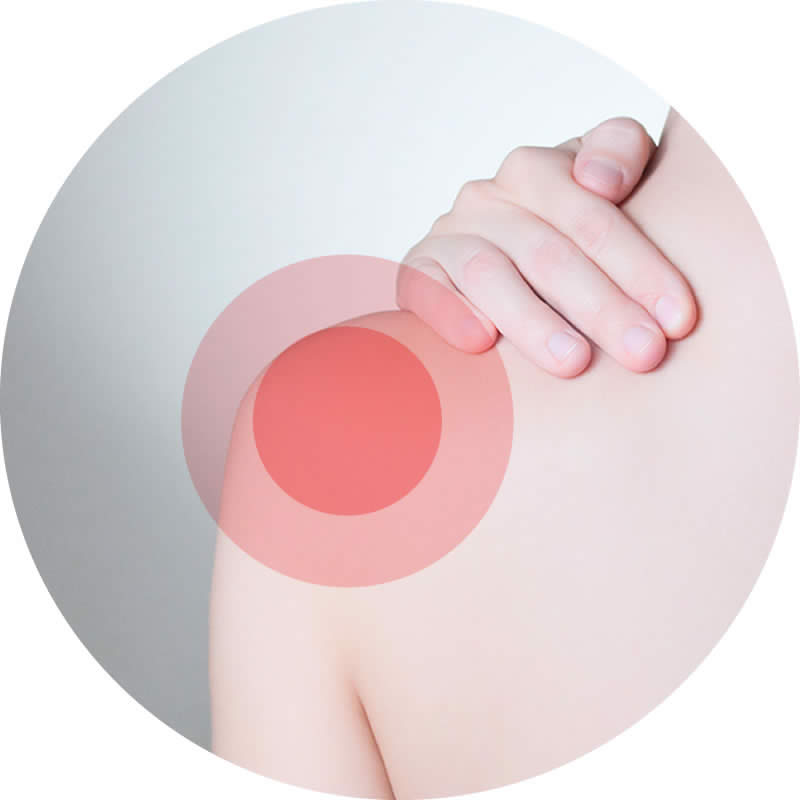Reverse Geometry Shoulder Replacement
In situations when the rotator cuff is either non-functioning or the tendons are torn from the bone, a traditional shoulder replacement will not work. In this instance, a different type of implant is required which utilizes the deltoid muscle at the front of the shoulder to obtain arm elevation. This is known as reverse geometry shoulder replacement, simply because the arrangement of the ball and socket is reversed. By placing the ball on the socket side of the joint and vice-versa, it is possible to change the mechanics of the joint and recruit the deltoid muscle to lift the arm.
This procedure was developed for those shoulders in which the rotator cuff muscles are not working or the tendons are torn. However, in recent years techniques have been developed to allow preservation and/or augmentation of the remaining tendons to allow more rotational control in elevation.


